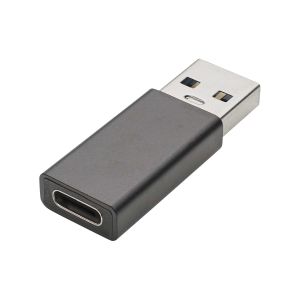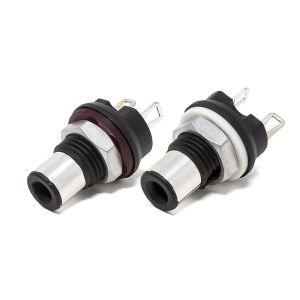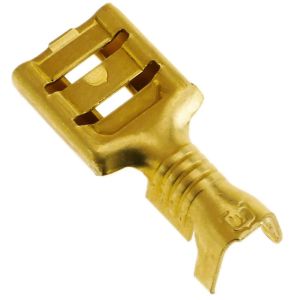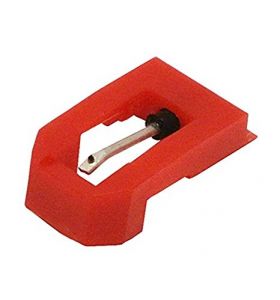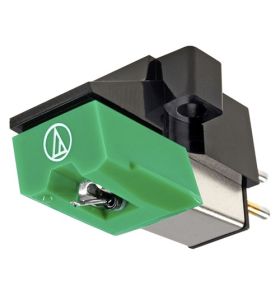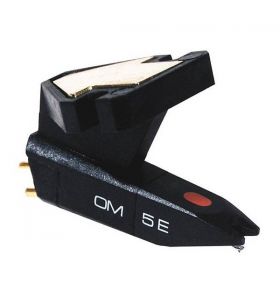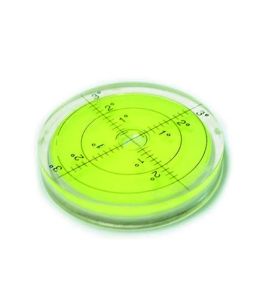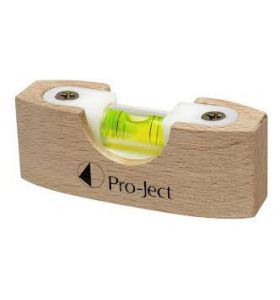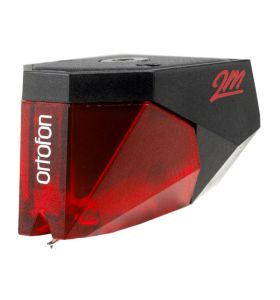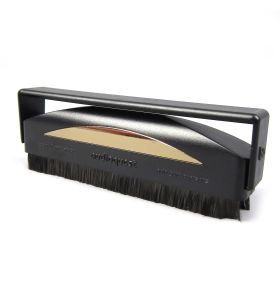ORTOFON Stereo Test Record
LP Test disc designed for analysing cartridge performance
Se effettui un ordine superiore a € 300 con due o più prodotti, la spedizione sarà gratuita. Le tempistiche stimate di spedizione sono indicate.
Paga in modo semplice e sicuro con Carta di credito, Contrassegno, AMEX, PayPal e Bonifico bancario. La tua privacy è garantita da connessioni sicure.
Tutti i prodotti sono coperti da Garanzia convenzionale di 2 anni. Risolviamo problemi di qualsiasi natura con professionalità e correttezza.
Solo tramite eMail dal Lunedì al Venerdì dalle ore 9:30 alle 15:00.
LP Test disc designed for analysing cartridge performance and its interaction with the tonearm and turntable
Ortofon's new Test Record is designed to allow you to test your HiFi system in the most natural audio environment at home. The Record contains special test signals developed to analyse cartridge performance as well as its interaction with the tonearm and turntable.
Before examining the cartridge, check the functionality of the HiFi system. The left speaker should be connected to the left amplifier channel and vice versa; both speakers should work in phase and be optimally positioned in the room.
The Test Record is designed to be played through your system with integrated RIAA equalisation. We recommend setting the volume control to a moderate signal level.
Refer to the turntable and tonearm instructions for proper installation and alignment, adjust the tonearm so that it is parallel to the recording surface, set the vertical tracking force and anti-slip according to the cartridge's recommended specifications, and adjust the stylus overhang.
TRACK DESCRIPTION
Each side of the disc consists of 15 tracks that have been cut from 1-4 and 5-15:
1. Frequency scan Left channel 800 Hz - 50 kHz. Log. 28 sec. Linear cut * (800 - 20000 Hz ± 1.5 dB)
2. Frequency scan right channel 800 Hz - 50 kHz. Log. 28 sec. Linear cut * (800 - 20000 Hz ± 1.5 dB)
3. Frequency sweep Left channel 800 Hz - 50 kHz. Log. 28 sec. Linear cut * (800 - 20000 Hz ± 1.5 dB)
4. Frequency sweep right channel 800 Hz - 50 kHz. Log. 28 sec. Linear cut * (800 - 20000 Hz ± 1.5 dB)
5. Reference tone 1000 Hz 5 cm / sec rms Left
6. Reference tone 1000 Hz 5 cm / sec rms Right
7. Reference tone 1000 Hz 5 cm / sec rms Left
8. Reference tone 1000 Hz 5 cm / sec rms Right
9. Tracking capability, lateral peak 50 μm
10. Tracking capability, lateral peak 60 μm
11. Tracing capability, lateral peak 70 μm
12. Tracing capacity, lateral peak 80 microns
13. Tracing capability, lateral peak 90 μm
14. Tracing capability, lateral peak 100 μm
15. Square waveform 2.7 msec duty cycle 3: 7
* The record has a constant velocity amplitude during the sweep.
1-4 Frequency Sweep: A Tool for Controlling Frequency Response
There are several factors that can influence frequency response, including cable capacity, cartridge loading, tracking force and worn parts. For this reason, it can be difficult to achieve a perfectly flat frequency response. Sometimes, by making small compromises in cartridge loading, a better overall frequency response can be achieved. Considering the above, the signal must be clean throughout the sweep.
5-8 Reference Tone for Testing Channel Output
With this standard reference signal you can test the correctness of the left and right channel connections, channel balance and turntable speed.
9 -14 Tracking capability test, side modulation 315 Hz
These tracks contain a 315 Hz signal, recorded with increasing picking amplitudes of 50, 60, 70, 80, 90 and 100 micrometers. Please refer to the cartridge tracking capacity value specified in the data sheet. The cartridge should be able to track the actual level without audible distortion. An inability to track can be heard as a deviation from a pure tone or a sputtering, intermittent sound. To determine whether it is one or both channels, the balance control can be used. In the case of different tracking capabilities in the left and right channels, the arm's anti-skating correction probably needs to be readjusted. If both channels fail to track correctly, the vertical tracking force must be increased until a further improvement in tracking force can be achieved.
15. Square waveform 2.7 msec duty cycle 3: 7
When you check the output of your cartridge with an oscilloscope, you will see a square wave positioned exactly on top of each other if the connection from the cartridge is correct.
CONCLUSIONS
After successfully completing the above test procedures, you can ensure that the head is optimised. However, the human ear is very sensitive to the difference in tone distortion; its level depends on the condition of the stylus and record wear.
To maintain optimal audio playback and minimise disc and stylus wear, we recommend the following procedure before and after each playback:
- Carefully remove dust from disc surfaces using an anti-static brush or cloth before each use.
- Remember to remove dust from the diamond tip before and after playback of each disc
- In order to keep the electrical contacts clean and to lubricate the knurled nut on the tonearm, Ortofon recommends a light spray of contact cleaner such as DeoxIT®Gold G-Series in the tonearm socket from time to time.
It should be noted that some phono equalisers can generate tone distortion, which cannot be related to the cartridge.











